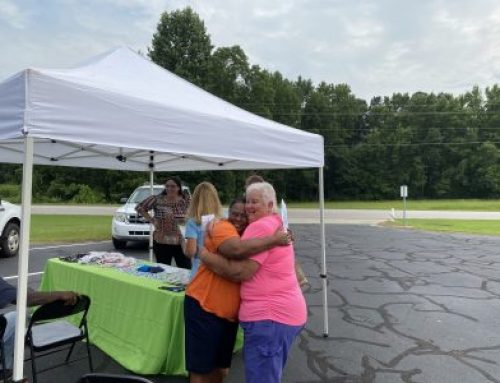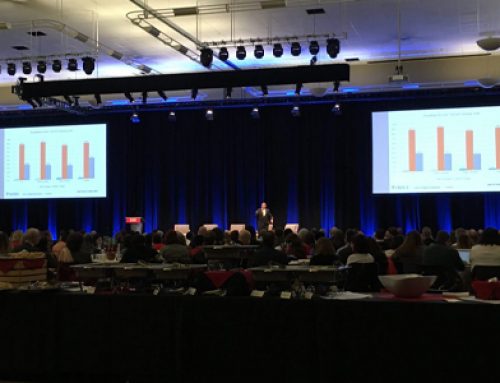By: Doug Dawson
This blog originally appeared on POTs and PANs from CCG Consulting
I’m writing this blog while sitting in a meeting of NCHeartsGigabit, a non-profit started in North Carolina to promote the expansion of broadband. The group started five or six years ago as an informal group of folks who were interested in expanding broadband coverage around North Carolina. A few years ago they realized that they needed to move from talking to action and created a non-profit organization that now brings together the various broadband stakeholders to look for broadband solutions.
Today’s meeting is a great example of the progress they’ve made. There is a wide range of attendees representing state and local government, telco cooperatives and ISPs, bankers, foundations, equipment vendors, consultants and engineers. Most impressive is that they attracted both current Governor Roy Cooper and former Governor James B. Hunt to speak to the group. I think their presence highlights the importance that broadband coverage is now getting in this and other states. North Carolina is like the majority of states where there are some pockets of fiber-to-the-home, cities served by the big cable company networks, a smattering of rural areas served well by small telcos and cooperatives, and much of the rural parts of the state with poor or nonexistent broadband.
Sitting in this meeting reminds me how important it is to have what I call broadband advocates – folks like NCHeartsGigabit who have taken it as a mission to promote broadband. I’ve written many blogs about why broadband is vital for rural America and these are folks who get it.
I work around the country in communities of all sizes and I regularly interface with broadband advocates. Sometimes these groups are formal like a broadband committee that is empowered by the local government. I recently worked with such a group in Davis, California and it is one of the most knowledgeable and engaged advocacy groups I have ever worked with. I can tell that this group, which is also backed by widespread citizen support is going to hold the city’s feet to the fire on broadband issues.
Sometimes there is no formal group, but instead the public acts in mass to make their voices heard on the issue. As an example, I was at a public meeting in Pope County, Minnesota last year to give the findings from a broadband feasibility study. This is the most sparsely populated county in the state and there was little broadband outside of the county seat. The public meeting was standing-room only and the county officials heard story after story about how lack of broadband was affecting people’s lives. The County officials heard this message and have since provided funding in a public private partnership with a telco cooperative to bring broadband to the County.
The more common situation is that there only a few broadband advocates in a community who push for broadband. If these few broadband champions are persistence enough they can sometimes finally pull the rest of the community along. The best example of this I can think of is my friend Mark Ericsson who was the one-man force behind bringing broadband to Renville and Sibley Counties in Minnesota. He went to hundreds of local meetings and eventually got a lot of other volunteer help, but without his early persistence this project would have died in the early days.
His success is memorable because it is rare. Bringing fiber to a rural area requires a huge amount of effort. It means convincing politicians to support the idea. It means raising the money needed for doing the feasibility analysis. It means raising even more money for customer education and marketing and in many places a referendum. It takes yet more money to raise the funding. And unless a community wants to be an ISP it means finding an ISP partner to operate the business. More often than not, a community with only a few advocates can’t make it through this daunting gauntlet of tasks.
This is why I always recommend that communities with poor broadband make a push early to involve as much of the community as possible finding a solution. I don’t understand the sociology of why it works, but I know from practical experience that unleashing a group of broadband advocates often creates momentum that is hard to stop. Households in rural counties generally want broadband badly enough that many of them will agree to play some role in getting a broadband network. If a community really wants broadband, my first advice is to create the advocacy group first and then get out of their way.





